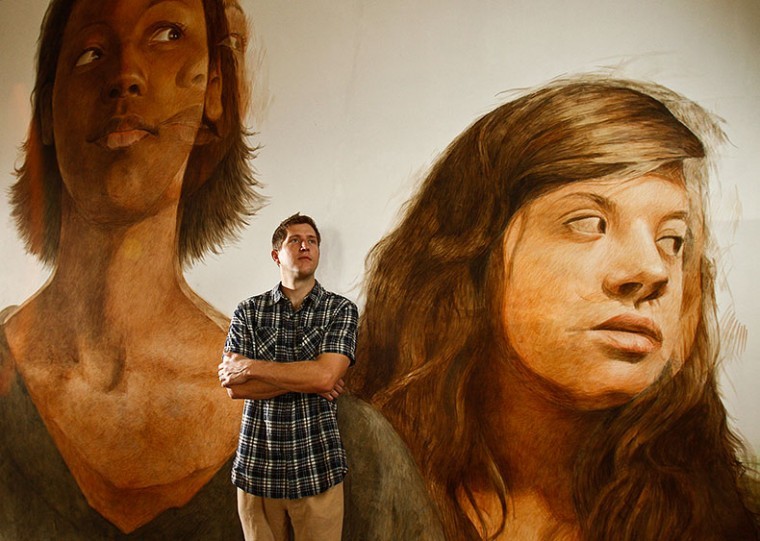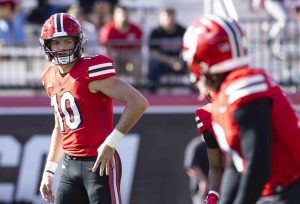WKU professor paints fresco in Van Meter
September 5, 2011
An outdated yet highly respected art form known as buon fresco can be found on WKU’s campus.
Created on the second floor of Van Meter Hall, the work was made by Mike Nichols, associate professor of art, with his students’ help.
After traveling to the west coast in 2006 and experiencing a week-long workshop at the Fresco School in Los Angeles, Calif., Nichols came back to WKU with some new insight regarding the art form. Afterward, he was able to offer an introductory course to students.
Nichols said that while studying in California was beneficial, he gained a greater inspiration teaching and living in the Harlaxton Manor in England in 2008.
“The reality of the (manor) hit a strong visceral chord with me,” Nichols said. “I began to appreciate with new interest the power that objects have on us.”
His personal experiences in Europe, including seeing Michelangelo’s sculpture David, brought forth an inspiration he was eager to share.
“As an educator, an overarching point of inspiration is my desire to share what I experience with others,” Nichols said.
Nichols’ vision led to a 10.5-foot tall by 25-foot wide framed large-scale mural portraying four monumentally scaled figures — which at the time were his students — staring off into the distance.
“I attempted to portray them in a double exposure to suggest a state of flux, and they are looking beyond the picture plane into the future — into the unknown,” Nichols said.
Julie Schuck, an Oregon native pursuing a second degree majoring in studio art, became a beneficiary of Nichols’ knowledge and experiences in England. She was asked to experience a larger scale project after being in Nichols’ fresco class.
Schuck took the opportunity.
“I had seen many pictures of the frescoes Michelangelo painted in the Sistine Chapel and the Roman frescoes of Pompeii, but I had never seen a fresco in person,” she said.
Schuck said the fresco took countless hours to complete and was rigorous, both physically and mentally.
“Fresco is an incredibly time-consuming technique, which is one of the reasons it is so seldom used to paint murals these days,” she said.
The difficulty comes from applying pigments mixed with water onto a wet plaster before it dries. The artwork must be done quickly and without mistakes.
Nick Jones, a recent WKU graduate from Bowling Green, decided to ask his former professor to also participate in painting the fresco.
“I have had several classes with him while at WKU and was really inspired by his style and ethics in art,” Jones said.
The project began in March 2010 and was completed in August.
“At the very least I want the mural to provide the viewer an experience and spark their curiosity,” he said. “I hope the mural provides students and community members an access point to the buon fresco technique. ”













